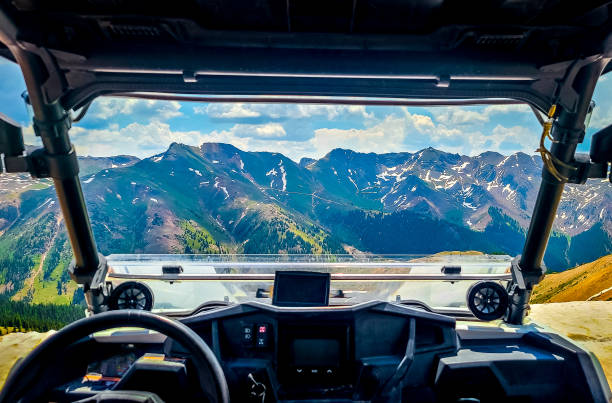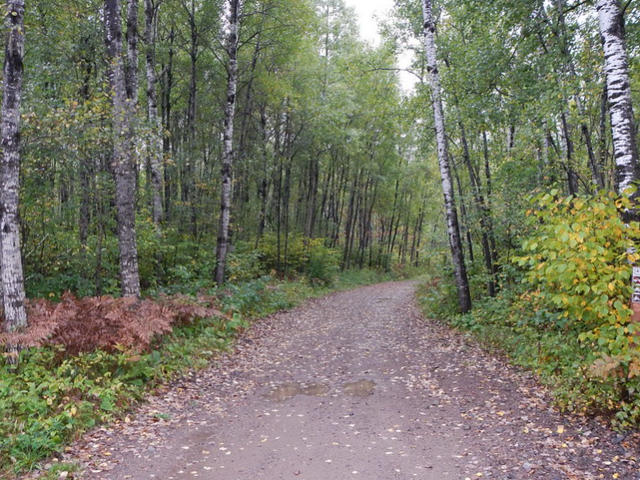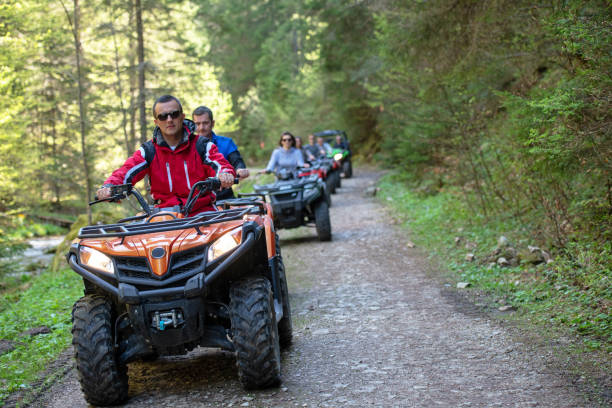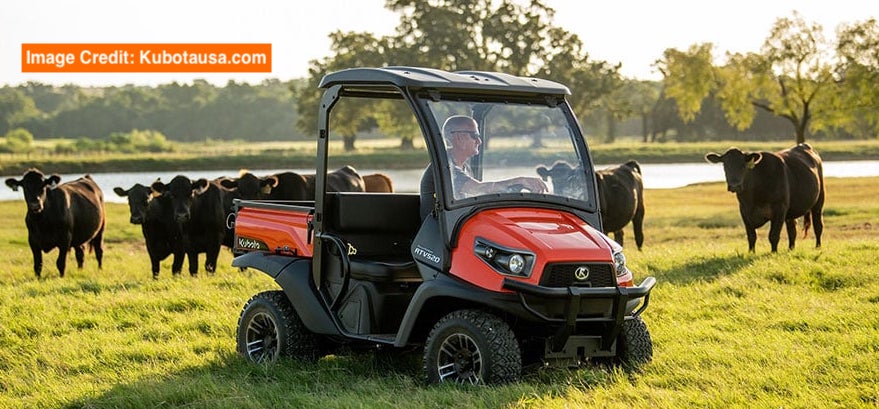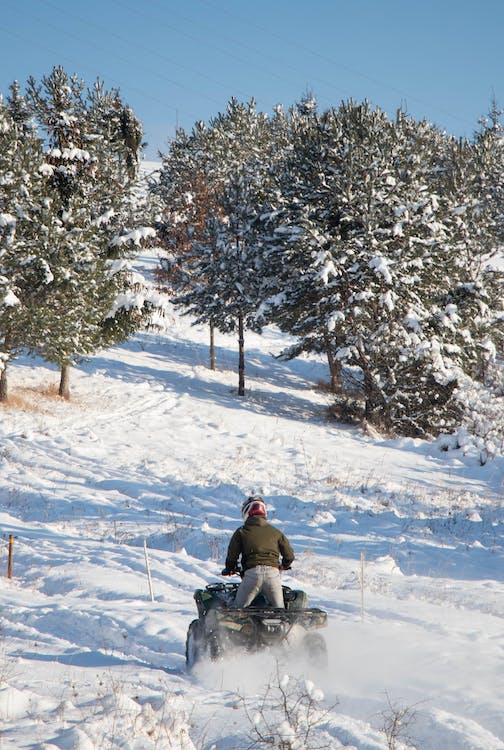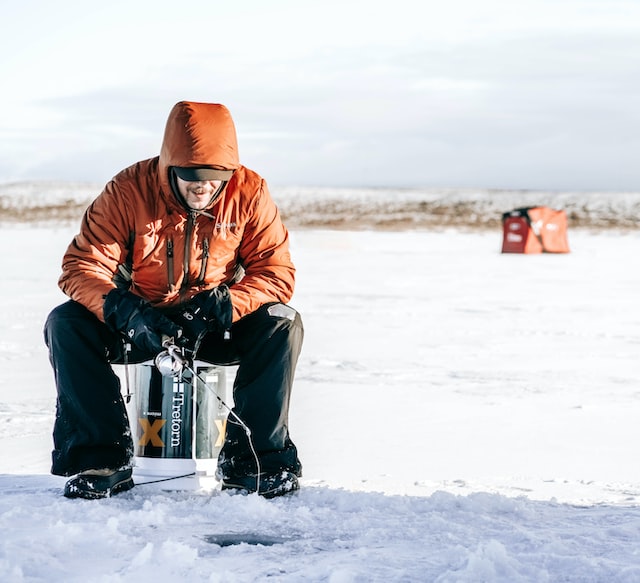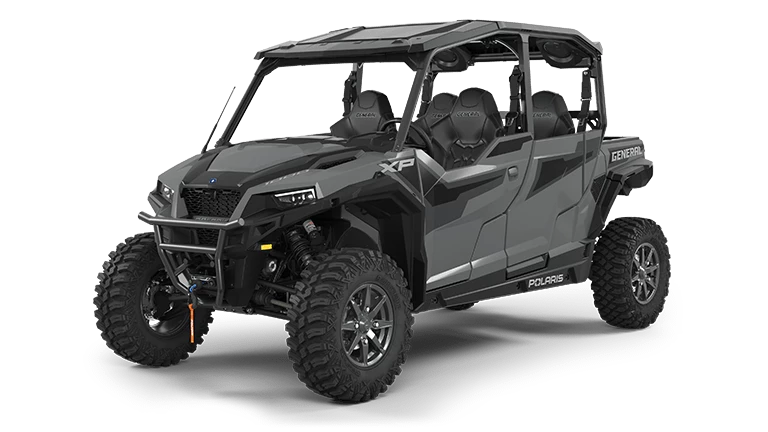As an Amazon Associate I may earn a commission from qualifying purchases at no additional cost to you.
When considering the design of practice areas for young enthusiasts, it is important to understand the differences between ATV kid zones and Side by Side youth courses.
ATV kid zones are tailored to the specific needs of children using all-terrain vehicles (ATVs), providing them with areas to develop their skills in a safe environment. These areas feature smaller tracks and less challenging obstacles suitable for novices, ensuring safety without sacrificing enjoyment.

Side by Side youth courses cater to young drivers operating Side by Side vehicles. These vehicles often require different skill sets, so the courses emphasize navigation and teamwork.
With their larger size and unique handling characteristics, Side by Side vehicles necessitate distinct course designs to offer youth riders an engaging experience.
Designing courses for ATV kid zones and Side by Side youth involves different considerations, ensuring that young riders can safely learn and build confidence. By focusing on the specific needs of each rider and vehicle type, practice areas provide valuable learning environments that contribute significantly to rider development and enjoyment.
Understanding ATVs and Side by Sides

All-terrain vehicles (ATVs) and side by side vehicles each offer unique features and benefits. Both are popular choices for off-road adventures and outdoor excursions, but they serve different needs and preferences.
Defining All-Terrain Vehicles
All-terrain vehicles, commonly known as ATVs, are four-wheeled off-road vehicles designed for single riders. These vehicles are agile and compact, making them suitable for navigating through narrow trails and rugged terrains.
ATVs for kids are often smaller and have reduced power to provide a safer recreational experience. Typically, they feature handlebars for steering, which provides the rider with versatile control.
ATV use is popular in activities like recreational riding and utility tasks on farms or large properties. Due to their size and maneuverability, they are often preferred for quick, solo adventures.
Side by Side Vehicles Explained
Side by side vehicles, also called UTVs (Utility Task Vehicles), are built with two to six seats arranged side by side. They are equipped with a steering wheel and foot pedals, similar to a car, providing a more familiar driving experience.
Designed for multiple passengers, these vehicles often include roll cages for safety.
They are often utilized for more than leisure; their capacity to carry passengers and cargo makes them excellent for work-related tasks.
Side by sides offer stability and comfort on uneven surfaces, appealing to those who prioritize group outings and utility. They are ideal for family adventures or collaborative outdoor activities.
Safety Considerations

When designing ATV kid zones and Side by Side youth courses, safety considerations are paramount. Proper gear and adherence to industry standards play crucial roles in preventing injuries and fatalities. These aspects ensure a secure environment for young riders.
ATV and Side by Side Safety Gear
Proper safety gear is essential to protect young riders from injuries.
Helmets are crucial and should meet DOT standards, offering full-face protection to guard against traumatic brain injuries. In addition to helmets, chest protectors reduce the risk of upper body injuries and should be worn at all times.
Gloves and padded clothing enhance grip and protect the skin from scrapes and abrasions. Riding boots offer stability and protect feet and ankles from injuries.
Ensuring that youth are equipped with the right safety gear significantly mitigates the risk of serious harm while riding ATVs or Side by Sides.
Consumer Product Safety Commission Standards
The Consumer Product Safety Commission (CPSC) sets guidelines to enhance safety in recreational vehicular activities. Adherence to these standards reduces the risk of ATV-related injuries.
CPSC regulations address vehicle design, labeling, and age suitability to ensure young riders handle machines appropriate for their age and skill level.
Manufacturers must comply with CPSC regulations for all ATVs and Side by Sides intended for youth use. Proper education on these standards is vital. Parents and guardians should ensure adherence to age recommendations and proper use of the vehicles to maintain safety.
Reducing ATV-Related Injuries and Fatalities
Reducing ATV-related fatalities and injuries necessitates a multifaceted approach.
Training programs focused on ATV safety instill crucial skills and awareness in young riders. These programs emphasize understanding vehicle controls, safe riding practices, and awareness of potential hazards.
Supervised environments like dedicated kid zones provide a controlled setting where youth can progress safely. Regular inspections and maintenance of ATVs and Side by Sides are crucial to prevent malfunctions that could lead to accidents.
Such proactive measures substantially reduce the likelihood of injuries and fatalities among young riders.
Design Principles for Kid Zones

Designing ATV kid zones requires a focus on safety and developmentally appropriate features. This involves crafting trails that prioritize young riders’ safety while also ensuring that the ATVs provided are suitable for their age and size.
Creating Safe ATV Trails for Kids
Safety is paramount in designing ATV trails for kids. These trails should have clear boundaries using natural barriers like trees or artificial ones like fencing. Visibility is key; trails must be open without blind corners to enable clear sightlines.
The trail surface should be even and made from materials that minimize dust and slippage. Speed limits need to be enforced with physical cues like gentle bumps or chicanes. Signs must be easy to understand with icons that young riders can quickly recognize.
Trails should be specifically designed for smaller, youth ATVs. This creates a controlled environment differentiating from trails meant for adult-sized ATVs. Collaboration with ATV manufacturers ensures that features align with vehicle specifications.
Age-Appropriate ATV Design
Matching the ATV size to the child’s age is crucial. Manufacturers offer models with horsepower and weight specs that cater to children to maintain safety. These vehicles often come with speed limiters or throttle restrictors to allow parents or guardians control over maximum speed.
The ergonomic design of youth ATVs focuses on smaller handles and seating that fit a child’s stature. This ensures comfortable and manageable operation. Educational programs accompanying these vehicles can impart safe riding habits and instill confidence in young riders.
Additionally, vehicles with built-in safety features like automatic brakes contribute to overall security. Proper maintenance further prolongs the ATV’s life and performance, providing a safer experience.
Design Principles for Youth Courses

Youth courses for off-road vehicles prioritize skill development and safety. Addressing unique challenges in course design is crucial for encouraging learning and providing a secure environment for young riders.
Challenges and Courses for Youth Skill Development
Crafting courses that cater to youth skill levels requires careful planning. Terrain plays a vital role, with features like gentle slopes and minimal obstacles to avoid overwhelming younger riders. Course length should be manageable to prevent fatigue.
Designers must ensure that courses foster growth. Including sections that challenge balance and control helps young riders master their vehicles. Customized tracks for different age groups and skill levels offer progressive learning paths, enhancing ATV riding skills with controlled exposure to varied terrains.
Integrating Safety Courses into Youth Tracks
Safety is paramount in designing youth tracks. Courses should incorporate features that reduce risk, such as designated safe zones where drivers can stop without danger. Clearly marked paths aid navigation and minimize accidents.
Integrating a safety course within the track reinforces important skills. Sessions focusing on basic vehicle maintenance, the importance of protective gear, and safe driving practices are crucial. Visual cues and on-track guides can increase awareness and promote responsible driving habits among younger riders while maintaining engagement and promoting a sense of security.
Legal and Regulatory Compliance
Designing safe ATV kid zones and Side by Side youth courses demands strict adherence to legal and regulatory frameworks. Safety considerations, as well as rules concerning ATV sales and off-road use, are critical for minimizing the risks of accidents and injuries.
ATV Sales and Manufacturing Regulations
ATVs intended for youth use are regulated to ensure safety standards are met.
Manufacturers need to comply with specific guidelines, including speed restrictions and weight limits suitable for younger riders.
When selling these vehicles, retailers must advise on age-appropriate models and have trained staff who can educate parents and guardians.
Regulatory bodies regularly update the standards to reduce the risks associated with ATV accidents and ensure manufacturing practices prioritize safety.
Off-road Vehicle Use Laws and Penalties for Illegal Riding
Off-road vehicle laws are stringent to prevent injuries and crashes.
Riders must follow local regulations, which often include wearing safety gear and avoiding ecologically sensitive areas.
Penalties for illegal riding, such as fines and license suspension, discourage activities that could lead to serious crashes.
Authorities actively patrol popular riding areas to enforce compliance.
Riders, especially youth, must be aware of these laws, as violations not only endanger safety but also lead to significant legal consequences.

